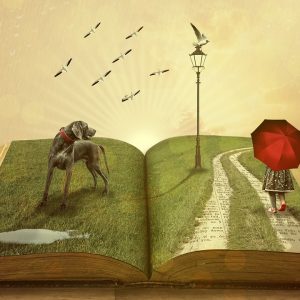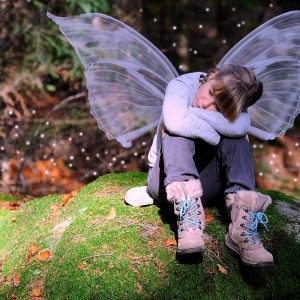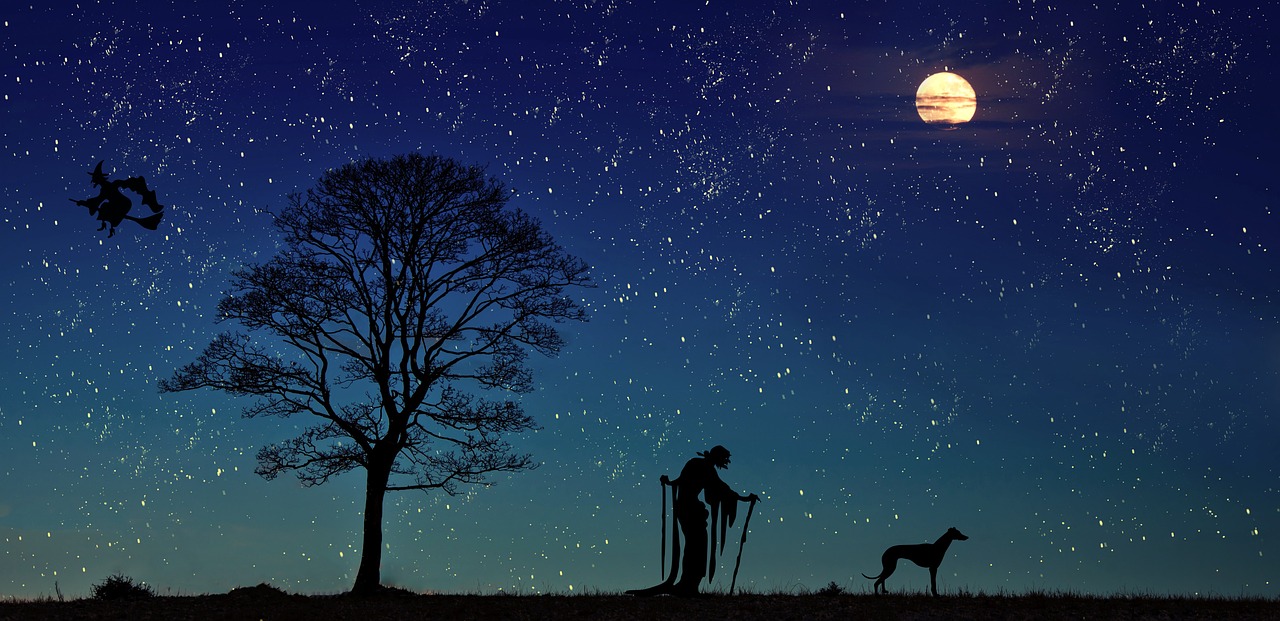Once upon a time we lived to believe in fairy tales but then we grew up and suddenly those stories seemed farfetched, nevertheless they never stopped fascinating us and raised us on the hope of living a fairy tale ending. Sneha Agarwal gives us a peek through the looking glass and facade after all
Fairy tales have been with us for a very long time, architectures have been created and destroyed but these tales continue to stand. The original versions of stories like Rapunzel, Little Red Riding Hood, Cinderella and many more are violent and overtly sexual than the later versions. They were taken up made respectable and added again. The stories that are best known today were collected and set down by Brothers Grimm, Lewis Carroll, Joseph Jacobs, Charles Perrault and Hans Christian Andersen. However in passing down these stories from teller to teller they have lost and acquired details.
The purpose movies serve to an adult are served to children through fairytales. People love to live within stories. It either takes them away from their real world or is a metaphorical depiction of their own life. It helps people accustom to other ways of perceiving things.
Why are fairy tales narrated to us in our childhood?
Enhancement of child’s imagination and cultural literacy
Imagination is one of the most powerful tools of the human mind it can break or shape the ingenuity in the thought process. The stories only stay alive because of the imagination which further helps in establishing and understanding different cultures.
Helps establishing morals
The underlying theme of any fairytale is a moral lesson. The backbone of the story is not only the enchantment of the mystical objects but the judgement procedure that goes along with it which teaches the difference between the right and wrong and values like love and loss. The lesson taught is easy to grasp because it’s simple but essential.
Develop critical thinking
Through the consequences of characters’ decisions, the stories widen the scope of critical thinking. Not all characters can be good role models and this is built through the choices they make. “Deeper Meaning resides in the fairy tales told to me in my childhood than in any truth that is taught in life” said Schiller.
Establish emotional resiliency
Readers of such fables cannot help but find a fairy tale hero within themselves. The stories prepare one for the society and teach how to deal with conflict within self. As children we are unknown towards the working of the real world and the principles of living in a society and the understanding of the complex emotions of people is laid through what we hear.
Build coping mechanisms
They teach us as children ways to deal and cope up with fear, by giving the knowledge of a scary situation in a very safe context where we are taught to face them through the character’s experience. It creates a happy world where everyone gets what they deserve, a way of restoring hope. A belief system that substantiates that good conquers the evil and the hope of redemption is built. But it mostly gives a reassurance that everything is going to be okay at the end.Fairy tales are the medium through which children escape into another world, a place where dragons and unicorns are allowed to co-exist. This helps in imagining other dimensions of life. They are not only fun to hear and discuss but also bring a smile on every child’s face.
Psychology and Fairy Tales
Fairy tales have been used by psychoanalysts to study the mind by either examining the characters from the stories or the psychology of the creators of these stories. Freud said that dreams and fairy tales stem from the same place and are the window to the unconscious mind. While Carl Jung proposed that the narratives’ characters are archetypes, the reason they seem one dimensional is that they represent different facets of our personality.our personality.

The Grotesque Endings
Some of the tales are universal they exist in all languages though sometimes with a slight variation. This serves as a proof of common humanity and breaks cultural shackles. As we grew older we discovered many truths and the sugar-coats like the enigma of tooth fairies, the North Pole or bed monsters but not everybody found out our bedtime stories have very twisted endings. Most of us have been raised on Disney versions of the fairy tales and will find the original versions disturbing.
Sleeping Beauty
Sleeping Beauty as known to us today was given by Charles Perrault but one of the earliest versions is an Italian tale known as Sun, Moon, and Talia by Giambattista Basile. In his narrative the princess gets a silver of flax stuck under her fingernail and is believed to be dead, but her father cannot bare the idea of losing her so she is laid in one of his velvet thrones. A king finds her on a hunting trip and calls to her, but she remains asleep. The king then carries her to the bed and rapes her while she is unconscious and leaves. Sometime later Talia gives birth to twins while in the sleep state and one of them accidently sucks the splinter out of her finger, which awakens her. One day the king decides to visit her and they start to bond. The king’s wife learns about Talia and decides to cook and serve the twins to the king without his knowledge, but when the king finds out he decides to burn the queen. The story ends with the king and Talia living together happily.
Cinderella
The Brothers Grimm story tell us that the stepsisters try to fit into the glass slippers by cutting off toes or heels, however the prince is informed by his doves that the true owner of the shoe was Cinderella and there was now blood on the shoe. Cinderella gets married to the prince but the stepsisters have their eyes pecked out by the birds.
Snow White
In the Grimm version of the tale the evil stepmother sends huntsmen to bring back Snow White’s liver and lungs which she means to feed upon. Snow White was not in deep sleep but had died when the prince finds her and he was carting her off when one of the carriers trips which jostles the coffin and dislodges the poisoned apple from her throat. Later Snow White and the prince marry and invite the stepmother to their wedding where she is forced to step into burning hot iron shoes and dance until she drops dead.

The Little Mermaid
Some parts of Hans Christian Andersen’s classic tale align with Disney’s Little Mermaid. She sees the prince from afar in his ship, and rescues him from drowning and falls in love with him. She visit the sea witch who takes her tongue in exchange for legs but the price she has to pay for the legs is excruciating pain that comes with every step she takes. There are conditions for being human like the one portrayed in the film where she has to find true love’s kiss. But unlike the film instead of turning back to a mermaid, she would die and turn into sea foam if she failed to keep terms. While the prince remains a main motivator, the mermaid in the story is also motivated because humans have eternal souls, and mermaids don’t. Hoping to win the prince’s heart, she dances for him, even though it’s in agony. In spite her attempts he eventually marries someone else. The mermaid’s sisters sell their hair to bring her a dagger and urge her to kill the prince and let his blood drip onto her feet, which will then become fins again. She sneaks up on him, but can’t bring herself to do it. So she dies, and dissolves into foam.
Rumpelstiltskin
A miller’s daughter is trapped and forced to spin straw into gold, on pain of death. Rumpelstiltskin spins it for her and asks for her first born child in return. On the day she is suppose to handover the child she is unable to do so. However he gives her a second chance saying he would let her off the bargain if she was able to guess his name correctly. The following night she sneaks and overhears him singing his name by the fire and therefore she guesses it the next day. This makes him so furious that he drives his right foot deep into the ground and then grabs his left leg and rips himself in half.
These are not the only tales that have variants from the ones we grew up on. But funnily enough our views and preferences towards the Disney princesses and other characters playing in the stories changed when they seemed twisted enough. We have started to question the values, morals and justice done by these endings. The irony lies in the fact that though someone gets a favourable outcome or others get what they deserve these versions of the stories will never be happily ending. Fairy tales hold true to what Frank Herbert said, “There is no real ending. It is just the place where you stop the story.”
Volume 5 Issue 1





























